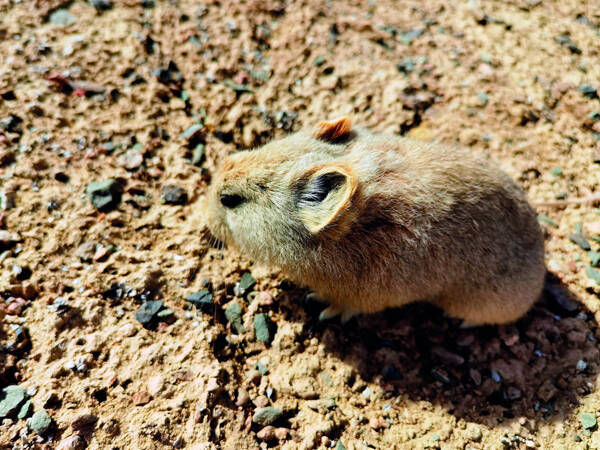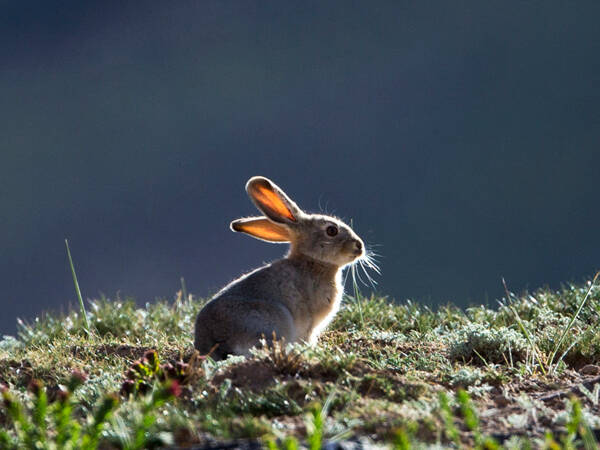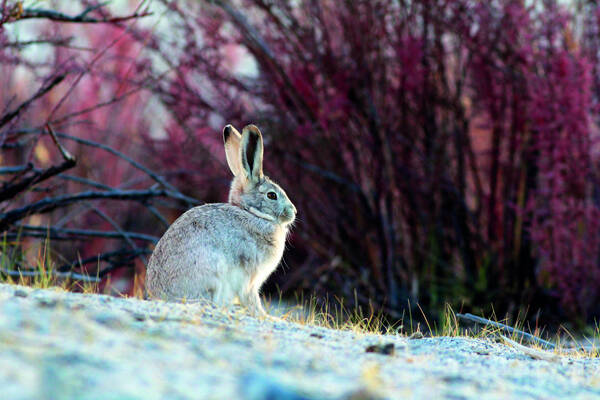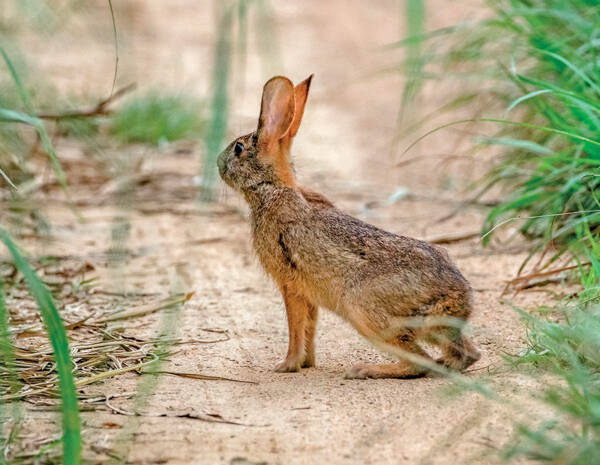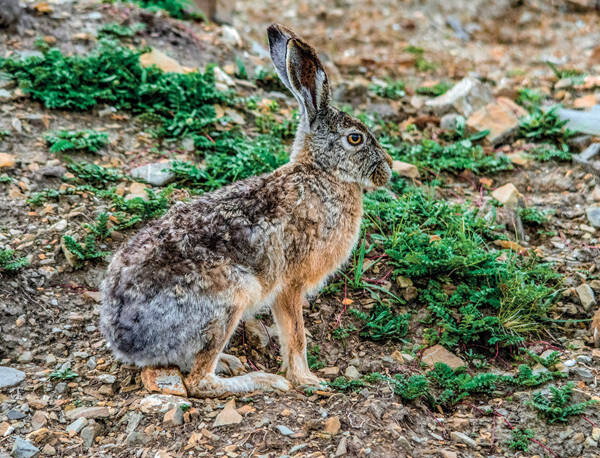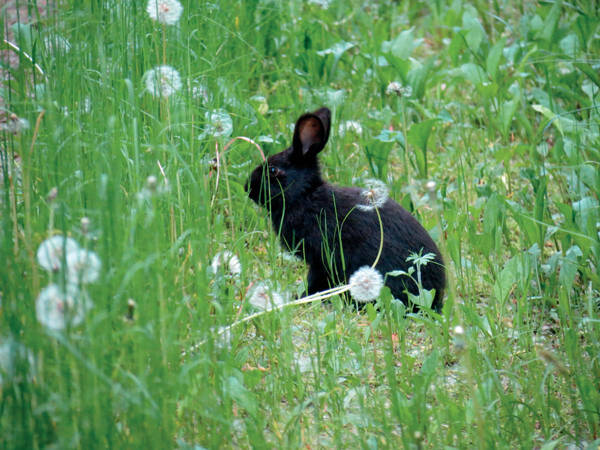Lepus hainanus
IUCN
LCBasic Information
Scientific classification
- name:Lepus hainanus
- Scientific Name:Hainan rabbit, hare, grass rabbit
- Outline:Lagoiformes
- Family:Lagomorpha Leporidae Lepus
Vital signs
- length:35~39cm
- Weight:1.1~1.8kg
- lifetime:7~8year
Feature
Hainan rabbit is a species endemic to China, with no subspecies differentiation. It is the smallest and most colorful wild rabbit in China.
Distribution and Habitat
Hainan rabbits are a specialty of Hainan Island, distributed in Nanfeng, Haikou, Lingshui, Dongfang, Baisha, Danzhou, Ledong, Changjiang and other places in Hainan.
Hainan rabbits live in the low grass slopes of the hilly plains in the west of Hainan Island and the xerophytic grasslands in the coastal areas. They are more common in areas with relatively flat, dry terrain and mixed grass and trees, and never move to high mountainous areas.
Appearance
Its external morphology is similar to that of the grass rabbit, with a smaller body and a small, round head. The ears can extend beyond the nose when folded forward, and are usually longer than the hind legs, which is different from the snow rabbit and the Tarim rabbit.
The upper part of the eyes to the nose is grayish white. The hair under the jaw is white. There are long white hairs on the front edge of the ears. The hair color is reddish brown or yellowish brown. The hair is short and has needle hairs. The hair on the chest and forelimbs is dry and yellow, and the hair on the abdomen is grayish white. The tail is yellowish brown.
Details
The Hainan rabbit is a solitary animal that is active mainly at night, and is most active at dusk or dawn. It lives in bushes and grasslands. It neither hibernates nor aestivates. It reproduces several times a year, with a gestation period of about 30 days, and the young reach sexual maturity in about 1 year. It can live 7-8 years in the wild.
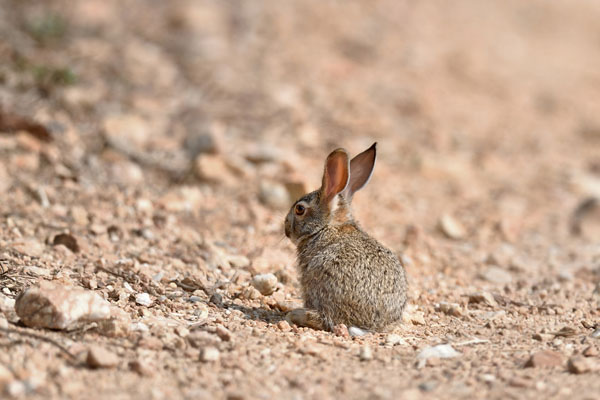
As it lives on the ground for its entire life, when it encounters a natural enemy, the Hainan rabbit first uses a cover to hide as much as possible and does not move. When it is about to be discovered by the natural enemy, it suddenly jumps up and runs rapidly without direction, with the fastest speed reaching 70km per hour. However, Hainan rabbits do not exhaust their physical strength while running. Instead, they suddenly stop running after a short distance, then change direction sharply and run to escape. Once it is difficult to escape, Hainan rabbits will stomp with their hind legs, jump up and hit with their front legs, or bite with their teeth. When several Hainan rabbits are active together, they will knock the ground with their hind legs to make a sound to alarm when they are disturbed.
Hainan rabbits are herbivores, but they also eat insects and snails. They usually feed on herbs and have no habit of grazing. When food is scarce, they gnaw on tree bark or tender plants. Hainan rabbits do not ruminate, but have dual digestion functions. Hainan rabbits are docile and timid, with poor ability to defend against enemies. They usually avoid enemies by running away, jumping and hiding. At night, they will stand still under the light of electric torches and are very easy to shoot.
In the 1950s and 1960s, Hainan rabbits were found almost everywhere in the vast wilderness of the north, west and south of Hainan Island. They were a common species in various parts of the island. The meat of Hainan rabbits can be eaten. In many places, hunting at night, whether with a gun or a stick, can kill 3 or 5 rabbits in a short time. The number is estimated to be more than 10,000. Due to the reclamation of wasteland and long-term hunting, Hainan rabbits have become less and less since the 1970s. Most areas where they can be hit with a wooden stick are the areas where they are extinct the fastest and earliest. As of 2009, there are still traces of them only in some uncultivated wilderness corners in the southwest and a few protected areas.
Hainan rabbits are a national second-level protected animal, listed as vulnerable in my country's Red List of Endangered Animals, and listed as vulnerable in my country's Red List of Rare Animals.

